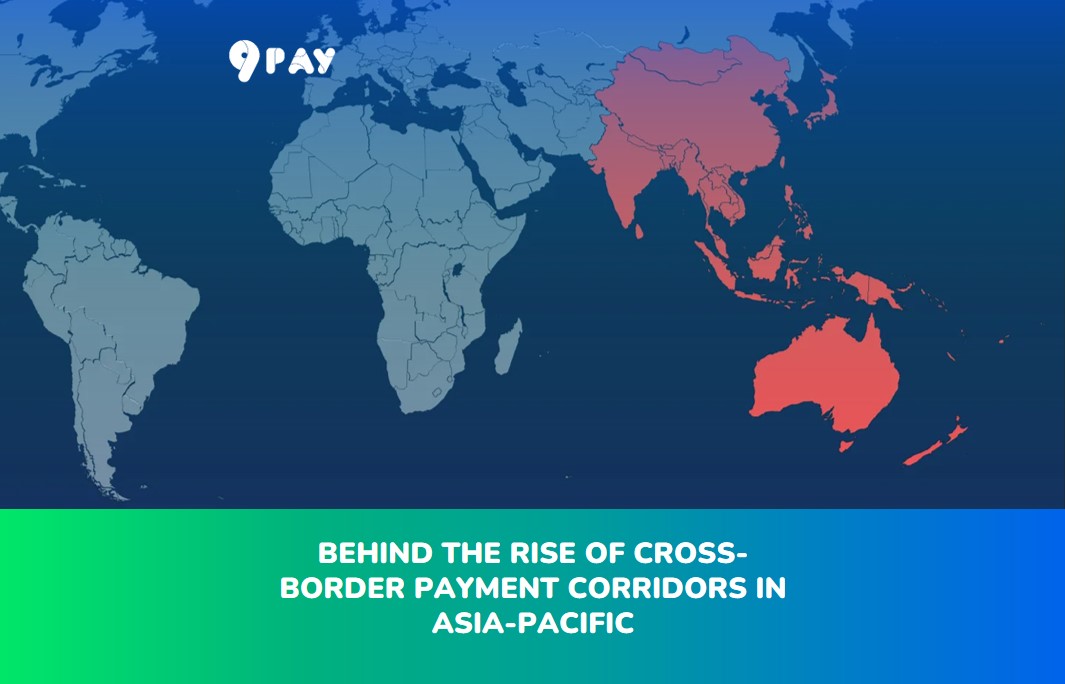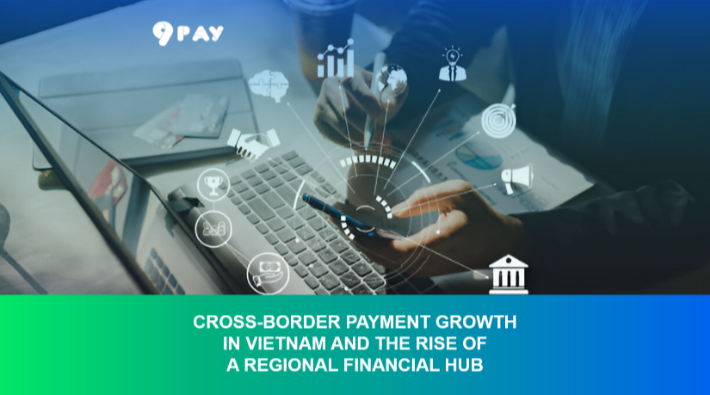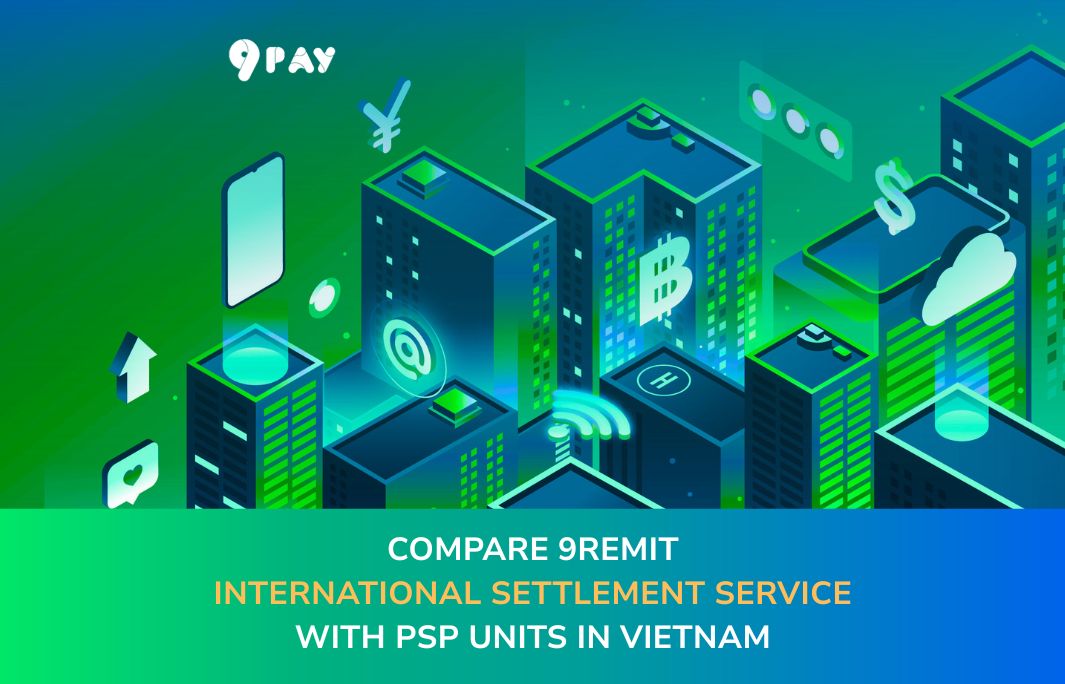Behind the rise of cross-border payment corridors in Asia-Pacific
The breakthrough of payment corridors across Asia-Pacific is the result of a strategic blend of technological innovation and regional cooperation.

Asia-Pacific is emerging as one of the fastest-growing regions for cross-border payments. According to a report by FXC Intelligence, the total value of this market is expected to double by 2032, reaching USD 23.8 trillion — significantly outpacing the global average growth rate. What forces are driving the rapid transformation of the region’s payment ecosystem?
Technology paves the way for cross-border payments
In recent years, financial technology initiatives have played a pivotal role in shaping regional payment corridors. Artificial Intelligence (AI) is being increasingly integrated into payment systems to detect fraud in real time, replacing traditional rule-based risk detection models.
In parallel, digital identity systems and open banking models are being adopted across several countries in the region to enhance transparency and security. Digital identity verification not only reduces fraud risk but also empowers users to exercise greater control over their financial data.
QR code payments have also become a hallmark of the region’s technological leap. Beyond domestic usage, QR codes are now being deployed for cross-border payments, particularly within Southeast Asia. Vietnam is at the forefront of connecting its national QR system with neighboring countries such as Thailand, Laos, and Cambodia. By 2025, Vietnam aims to complete integration with China, creating an interconnected QR payment network across regional economies.
At the enterprise level, fintech firms are playing an essential role in helping international businesses expand their payment capabilities in new markets. Notably, 9Pay is currently developing a cross-border QR payment solution for global partners, allowing their end-users to scan and pay via QR codes directly in Vietnam. This enables foreign businesses to expand market reach without having to invest in dedicated local payment infrastructure.
This convergence of technologies is fueling a cycle of innovation. More importantly, improvements in speed, cost-efficiency, compliance, and security are making large-scale cross-border transactions increasingly viable.
A collaborative ecosystem: the key to sustainable growth
Beyond technology, the growth of cross-border payments in Asia-Pacific is also being propelled by multilateral cooperation initiatives. One of the most notable is Project Nexus, spearheaded by the BIS Innovation Hub. Nexus aims to connect domestic instant payment systems through a single multilateral gateway, eliminating the need for fragmented bilateral links. The project targets transaction processing within 60 seconds, with most cross-border payments settled within an hour.
In Southeast Asia, the Regional Payment Connectivity (RPC) initiative launched by ASEAN in 2022 is gradually building a cross-border digital payment network among member states. Nine ASEAN countries, including Vietnam, have joined the initiative. RPC seeks to facilitate intra-regional financial transactions while strengthening economic ties and promoting inclusive development.
Another key enabler is the integration between traditional banks and fintech firms. Banks offer infrastructure, compliance frameworks, and extensive customer networks, while fintechs bring agility and cutting-edge technology. Their collaboration is essential to delivering cross-border payment solutions that are faster, more cost-effective, and available 24/7.
In Vietnam, 9Pay has partnered with multiple banks to develop 9Remit — an international money transfer solution tailored for foreign partners in Vietnam. With a robust infrastructure, AI-powered transaction processing, and competitive exchange rate policies, 9Remit enables seamless and transparent payment flows between foreign companies and the Vietnamese market.
The breakthrough of payment corridors across Asia-Pacific is the result of a strategic blend of technological innovation and regional cooperation. As legacy barriers are gradually dismantled, access to cross-border financial services is becoming more tangible — not only for large corporations but also for SMEs and individual consumers. While challenges remain in terms of regulatory standards and interoperability, the region is undeniably reshaping the global payments landscape.
Read more:








